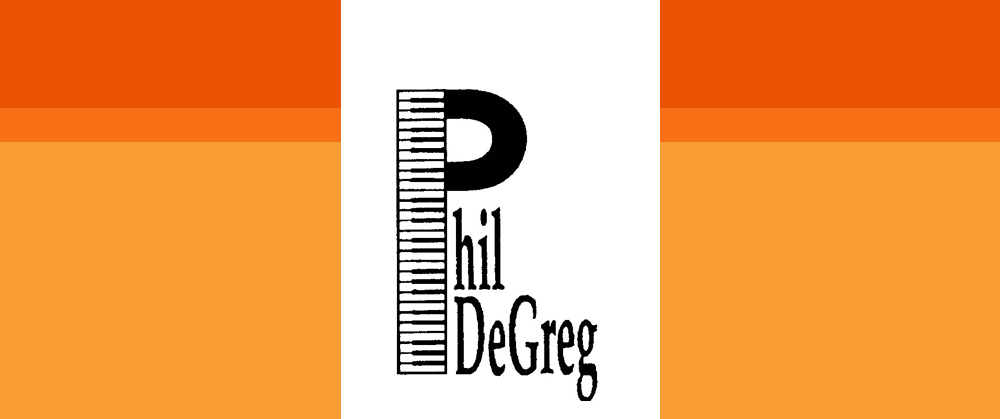Harmonic Study
I use my Jazz Keyboard Harmony as a primary source for harmonic study, but here are a few additional materials.
3 Note Rootless Voicings (Download PDF)
This is a hand out which displays the common formulae for 3-note voicings played by the left hand, or alternatively with the right hand, if you are providing your own bass notes with the left. Note that the lowest the 3rd or 7th should always fall between D below middle C and the D an octave up. It is a good idea to practice the voicings in all keys, both individually and in the context of II-V-I, which is presented here in the key of C.
Three Basic Harmonization Techniques (Download PDF)
Here is a the first eight bars of a common standard tune harmonized at the piano with three different approaches.
- The right hand plays the melody independent (in any register) and the left hand plays a voicing. In my Jazz Keyboard Harmony text, this technique is relevant to the voicings studied in chapters 1, 4, and 6
- The right-hand melody, root, and all the inner voices (including 3rd, 7th, and possibly another color) are integrated into a single texture. This is what I refer to as a “chorale” technique. In my text, chapters 3 and 5 are good preparations for this approach. See the exercise below as well.
- The left hand is solely dedicated to the bass note, which could be expanded into a bass line. The right hand contains the melody on top, and at least the 3rd and 7th In my text, chapter 2 is a good preparation
Chorale Style Exercises (Download PDF)
The “chorale” technique is a piano harmonization approach which helps develop inner moving voice movement and full lush harmonies. It works well with standards, when the melody is not too busy and without many large leaps. You keep the left hand playing either a R-7 or R-3 (or R-10) shape; the right-hand thumb picks up the remaining 3rd or 7th, and the melody with the rest of the fingers. This creates a 4-voice “Chorale” texture, where the melody operates completely independently of the three lower voices, which move as a unified block, changing with the harmony. You can then add other extensions to the chords on a chord by chord basis. This exercise is a good preparation for these kinds of chord formations. Practice them in all keys.
Dominant Alterations (Download PDF)
In standard jazz harmony, a dominant chord is extended with a 9th and a 13th. This page catalogs nine other commonly used colors for dominant chords using combinations of these extensions: 9, b9, #9, #11 or b5, b13 or #5, and 13. All the dominant chords are presented in the context of II-V-I, which is my preferred way to study them; it teaches voice-leading. The progressions are presented as 4-part rootless voicings from both positions, starting off of the third or the seventh of the II chord. They are also placed in the highest useable register, so they can be studied in all twelve keys chromatically descending. Additionally, I provide the scale choices that correspond with the dominant colors (See Scale Syllabus below)

